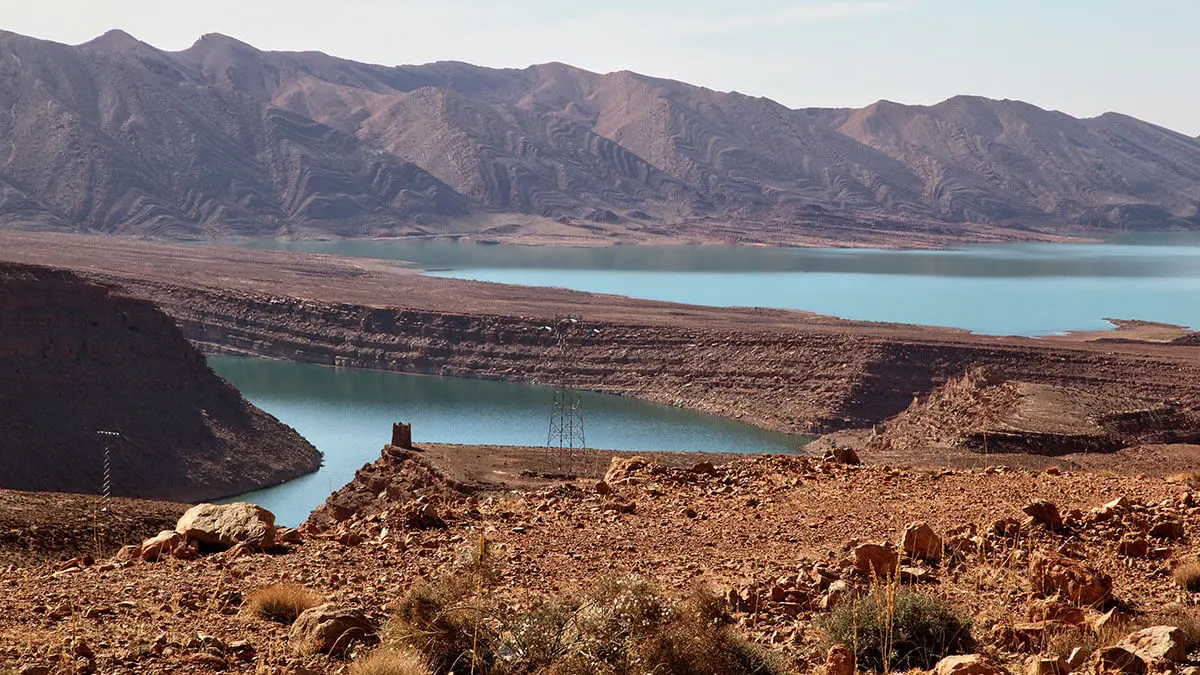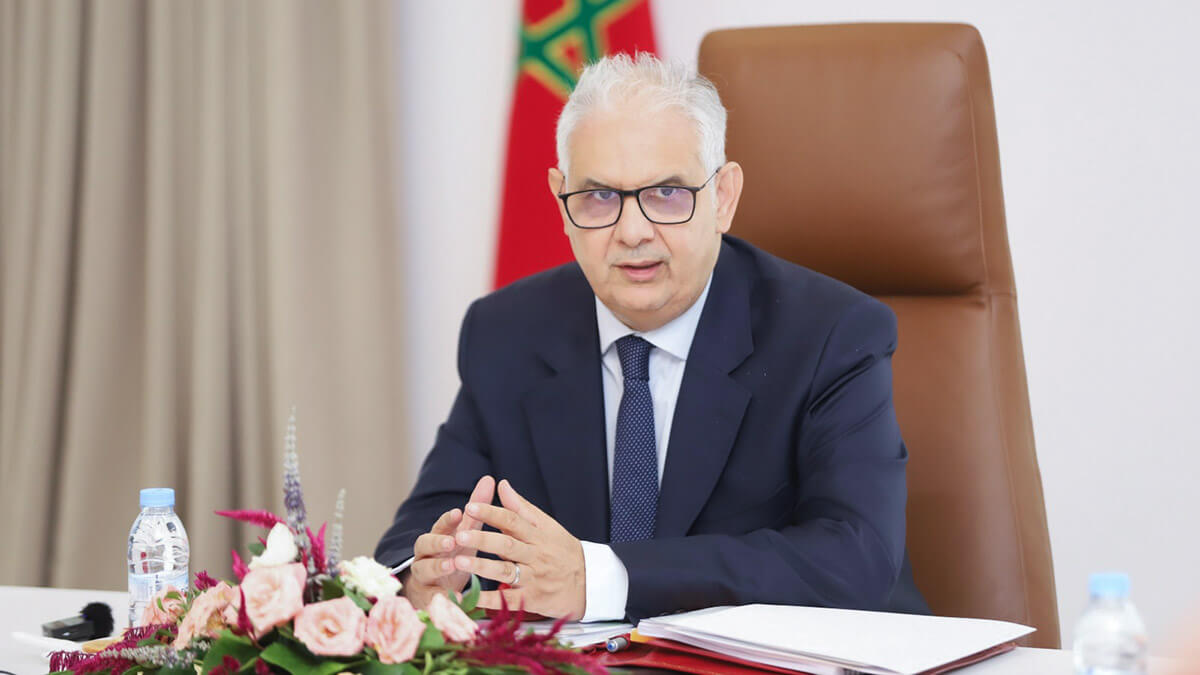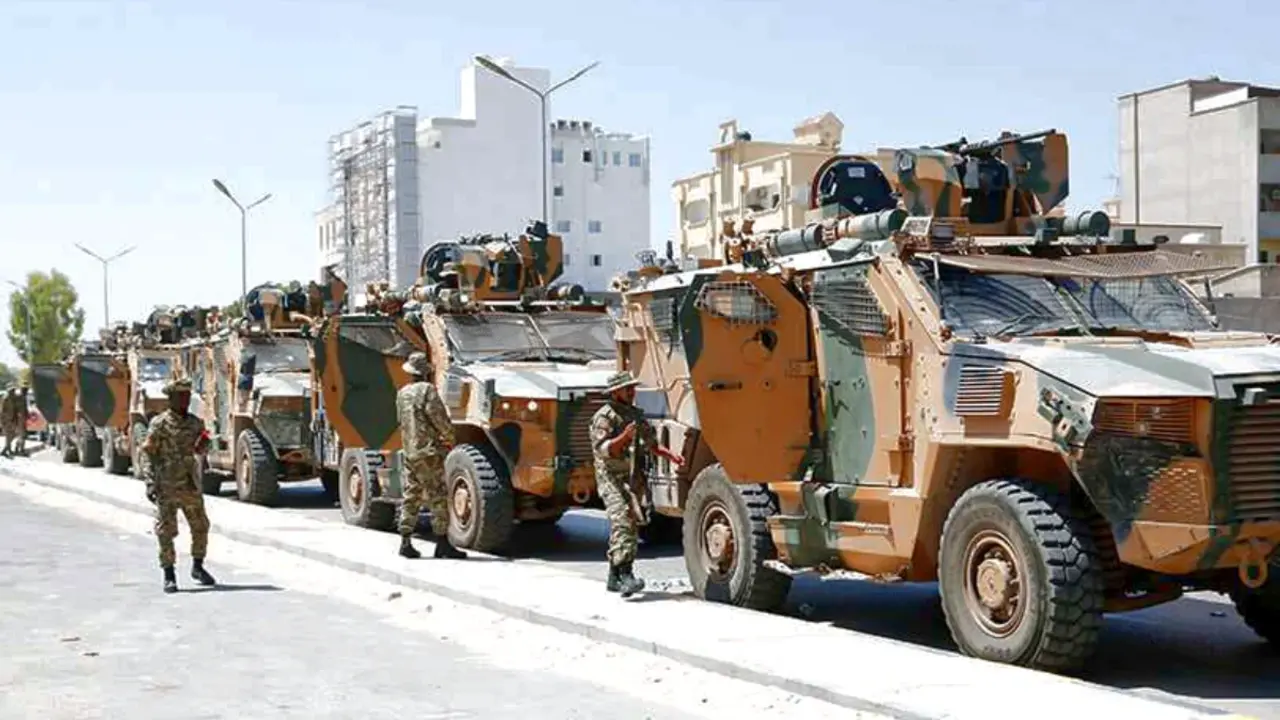Morocco's water highways have transported nearly 500 million cubic metres in one year

The water highways, one of the Moroccan government's major projects in terms of water infrastructure, are celebrating their first anniversary with remarkable figures: 484 million cubic metres of water transported between the Sebou and Bouregreg basins.

Since 2018, drought-related problems in Morocco have been a headache for the leadership. The use of efficient irrigation systems, raising public awareness of responsible use, the installation of mobile desalination plants and the restructuring of the National Hydrographic Plan have been the best tools with which the administration is fighting the effects of drought on agriculture.
The success has exceeded the expectations of the Ministry of Equipment and Water, which were set at between 350 and 400 million cubic metres per year, reaching 39 million cubic metres transported per month. This quantity has made it possible to guarantee the supply of drinking water throughout this period to the cities of Rabat and Casablanca, i.e. supplying more than 12 million people.
The initial plan was to transport water from the basins least affected by the drought to those whose water reserves were in short supply. Another major reason for building the highways was the amount of water that ended up in the Atlantic Ocean from the Bouregreg basin.

Once the first objectives have been met, the next aim of the Minister of Equipment and Water, Nizar Baraka, is to reach 15 cubic metres of water per second. According to the Diyalna platform, the flow rate of the highways has gradually increased since their inauguration on 28 August 2023, from 3 cubic metres of water per second to the current 13.1 cubic metres per second.
In addition to the water highways, the government plans to build 179 large dams by 2027, which are expected to yield more than 1 billion cubic metres of water.

An internationally successful model
The consequences of climate change and the onset of prolonged droughts do not only affect Morocco. Mediterranean countries such as Spain, Greece and Italy are keeping their eyes on the Moroccan national project. With reservoirs at 29 %, Spain is the country most affected by the lack of rainfall on its territory.









